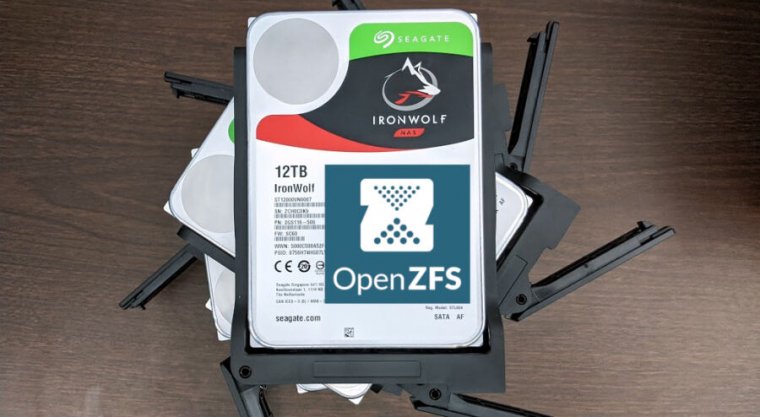The discussion is already going on for a while, but I would like to give my experience also :)
I was a Freenas user untill verion 11 I think. I started to use my 'nas' for other things also, in the beginning I used the 'plugins' but for some reason those did not fullfill my needs.
Then the bhyve virtualization was introduced and I stumbled upon 'Rancher'. I began setting up a VM (using bhyve) to get my single-noded rancher (based on k8s) setup. I started to like the whole containerized apps and orchestration, but the overhead of running it in bhyve was to heavey...
So I started looking for something else and found Proxmox. I used proxmox with a lot of LXC containers. Performance was great. Although I missed the ease of maintenance containerized apps brought and also the ease of storage management, I kept my Proxmox setup because it just worked.
But then my disks got full and I needed to extend my pool. A good opportunity to upgrade my hardware. Off course it get's paired with new round of comparing what to use.
I started looking at Freenas again to find out a lot has changed and SCALE had it's first BETA released. It looked like it was just what I needed, Freenas storage management with integrated containerized apps. So I installed it to play with it.
I must admit that my previous experience with Rancher and also playing with k3s helped a lot to understand the concepts. In no time I had my first apps running. I could even look around on how it was deployed by using the 'kubectl' commands. Just for sports I also tried installing apps using the bare metal yml files, which just worked as expected. You don't see it in the Truenas portal, but it is available and useable.
So I decided to start configuring it. I use unifi devices for my network, and since there was a unifi app available I tried that one first. It just worked on the first shot. Then I added traefik for reverse proxy but also needed a dns server. First I was going to install PiHole as a VM, but then just tried the 'launch docker' options which worked like a charm for me. I just added an additional virtual interface with its dedicated ip for my DNS server.
Now I switch to the TrueCharts apps as much as possible, because I like where it is going. Even replaced my PiHole app.
So bottom line, I like the fact that it is based on kubernetes, I also like the way it is going. Especially with the additional great job done by TrueCharts.
I was a Freenas user untill verion 11 I think. I started to use my 'nas' for other things also, in the beginning I used the 'plugins' but for some reason those did not fullfill my needs.
Then the bhyve virtualization was introduced and I stumbled upon 'Rancher'. I began setting up a VM (using bhyve) to get my single-noded rancher (based on k8s) setup. I started to like the whole containerized apps and orchestration, but the overhead of running it in bhyve was to heavey...
So I started looking for something else and found Proxmox. I used proxmox with a lot of LXC containers. Performance was great. Although I missed the ease of maintenance containerized apps brought and also the ease of storage management, I kept my Proxmox setup because it just worked.
But then my disks got full and I needed to extend my pool. A good opportunity to upgrade my hardware. Off course it get's paired with new round of comparing what to use.
I started looking at Freenas again to find out a lot has changed and SCALE had it's first BETA released. It looked like it was just what I needed, Freenas storage management with integrated containerized apps. So I installed it to play with it.
I must admit that my previous experience with Rancher and also playing with k3s helped a lot to understand the concepts. In no time I had my first apps running. I could even look around on how it was deployed by using the 'kubectl' commands. Just for sports I also tried installing apps using the bare metal yml files, which just worked as expected. You don't see it in the Truenas portal, but it is available and useable.
So I decided to start configuring it. I use unifi devices for my network, and since there was a unifi app available I tried that one first. It just worked on the first shot. Then I added traefik for reverse proxy but also needed a dns server. First I was going to install PiHole as a VM, but then just tried the 'launch docker' options which worked like a charm for me. I just added an additional virtual interface with its dedicated ip for my DNS server.
Now I switch to the TrueCharts apps as much as possible, because I like where it is going. Even replaced my PiHole app.
So bottom line, I like the fact that it is based on kubernetes, I also like the way it is going. Especially with the additional great job done by TrueCharts.


